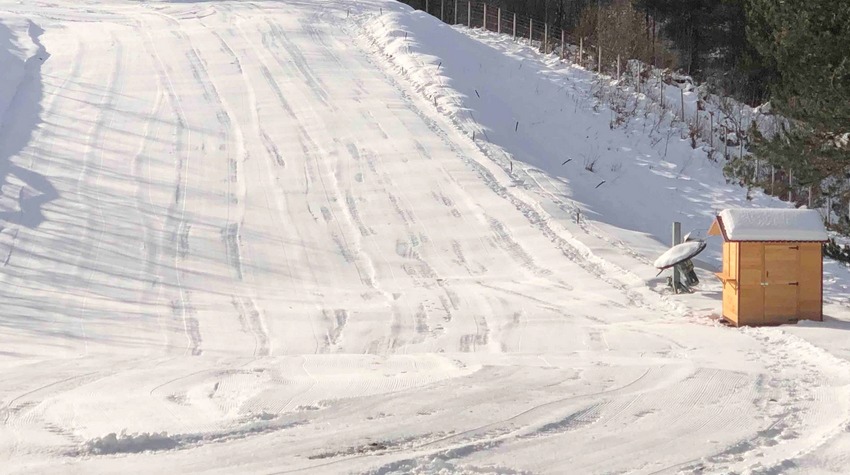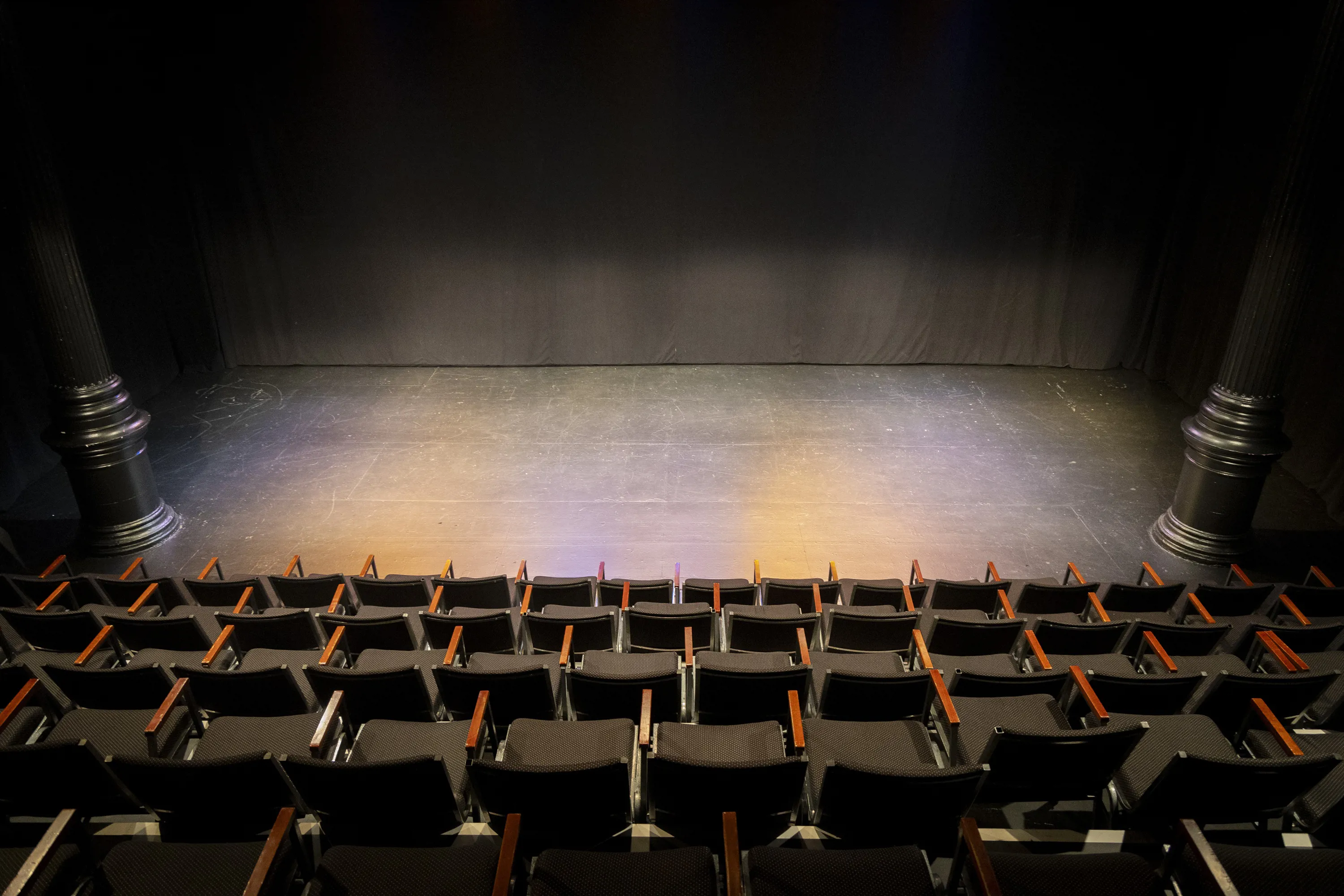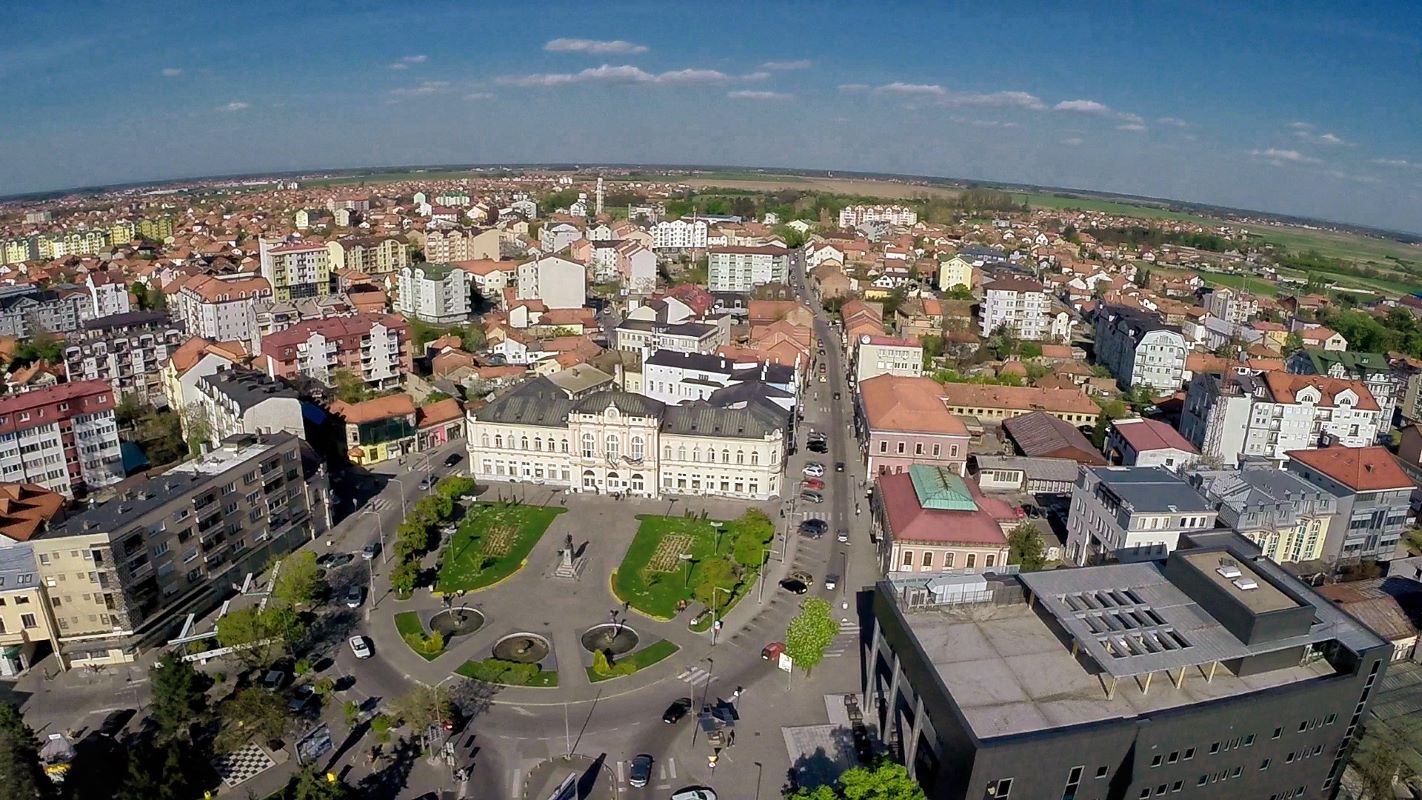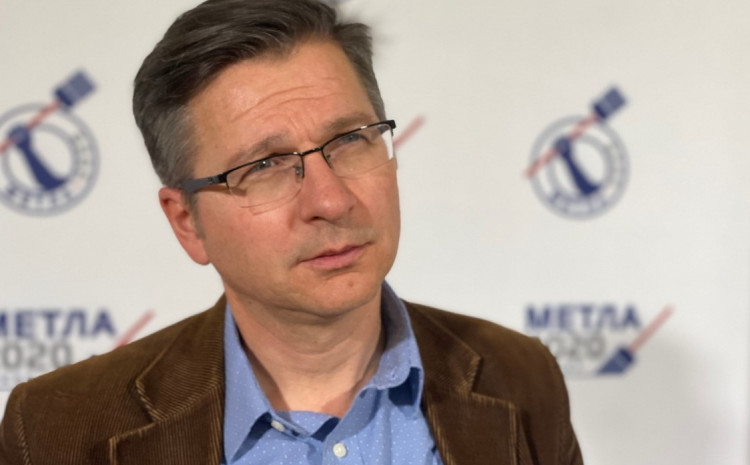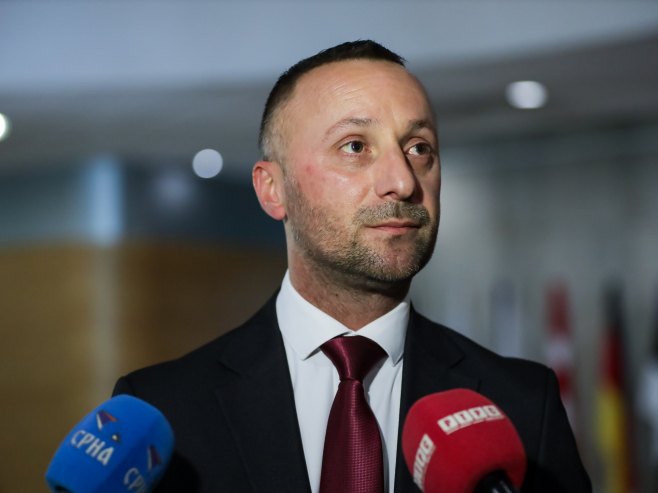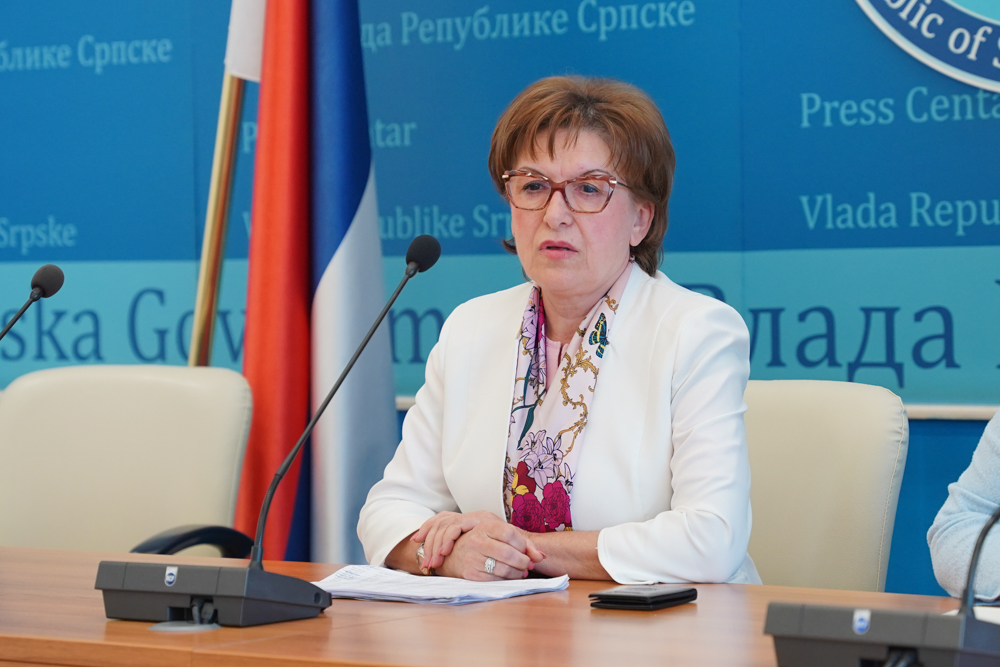President of Republika Srpska Milorad Dodik stated that certain Bosniak intermediaries demanded a million-dollar sum to provide a list of 437 living Bosniaks who are inscribed in the Potočari Memorial Center as alleged victims.
Dodik welcomes the intentions of the competent judicial authorities to initiate an investigation into these manipulations.
The Bijeljina District Prosecutor’s Office announced the formation of a case following media reports about living persons listed in the CIPS database as having been killed during the war in Srebrenica.
The Bosniak and part of the international community’s narrative about the Srebrenica “genocide” has been seriously shaken by data on living Bosniak victims. The information that the names of 87 individuals are inscribed on the wall of the Potočari Memorial Center, while being recorded in the CIPS database as alive, will be the subject of an investigation by the Bijeljina Prosecutor’s Office. President Dodik says it was high time for someone to react.
“The question arises as to how many of those who do not live in BiH, are not CIPS users, but live in, for example, Germany, Canada, are alive and are listed on those plaques. We see the atmosphere in Sarajevo, the anger that this is being done… well, this is a fact. It is known that there is the name of a driver from the municipality who is alive, just one name is enough, let alone 87,” said Dodik.
The president of the Assembly of the Organization of Families of Captured and Killed Soldiers and Missing Civilians of Republika Srpska, Branimir Kojić, persistently exposes manipulations regarding the number of those buried in what he calls the Potočari military cemetery. Among the listed victims are members of the so-called Army of BiH who died throughout the war in Srebrenica, such as the father of the current director of the Memorial Center, who was buried as a victim from July 1995, although he died in 1992. Because of this, Kojić received a criminal complaint from the director of the Potočari Memorial Center, Emir Suljagić.
“My father was killed in his home, while his father was killed in an attack on a Serb village, and now it bothers him that we exposed him for being buried as a victim of the so-called genocide. He is upset that we are revealing the truth and tries to silence me, but I have to say that he won’t succeed. I will publicly disclose every piece of information and speak out,” said Kojić.
The investigation by the Bijeljina District Prosecutor’s Office has yet to determine the exact number of living people who are still listed as killed in Potočari. It remains to be seen how much this will change the assessment of the events in Srebrenica, but it certainly speaks to the moral credibility of the authors of that list.
“We have evidence that there are 400 names of living people, some of whom have since died, and the Bosniak intermediaries who provided us with this information demanded significant money to disclose the fate of each deceased person. Once, they came and demanded a million-dollar sum to provide us with a list of 437 living people on the plaques,” stated Dodik.
Attorney Miodrag Stojanović says that some people are listed twice in the death records.
“For example, Hodžić Redžo, and then again listed as Hodžić Redžep, depending on who provided the data on the missing person. This number is significantly higher than the reported figure,” claimed Stojanović.
We have previously pointed out the manipulations with the records of missing Bosniaks in the Podrinje region. For example, Rasim Durić from Vlasenica, according to the ICRC report, went missing on August 15, 1992, while in the database of the International Commission on Missing Persons (ICMP), he is listed as having gone missing on July 11, 1995.
Source: RTRS
